Go Offline
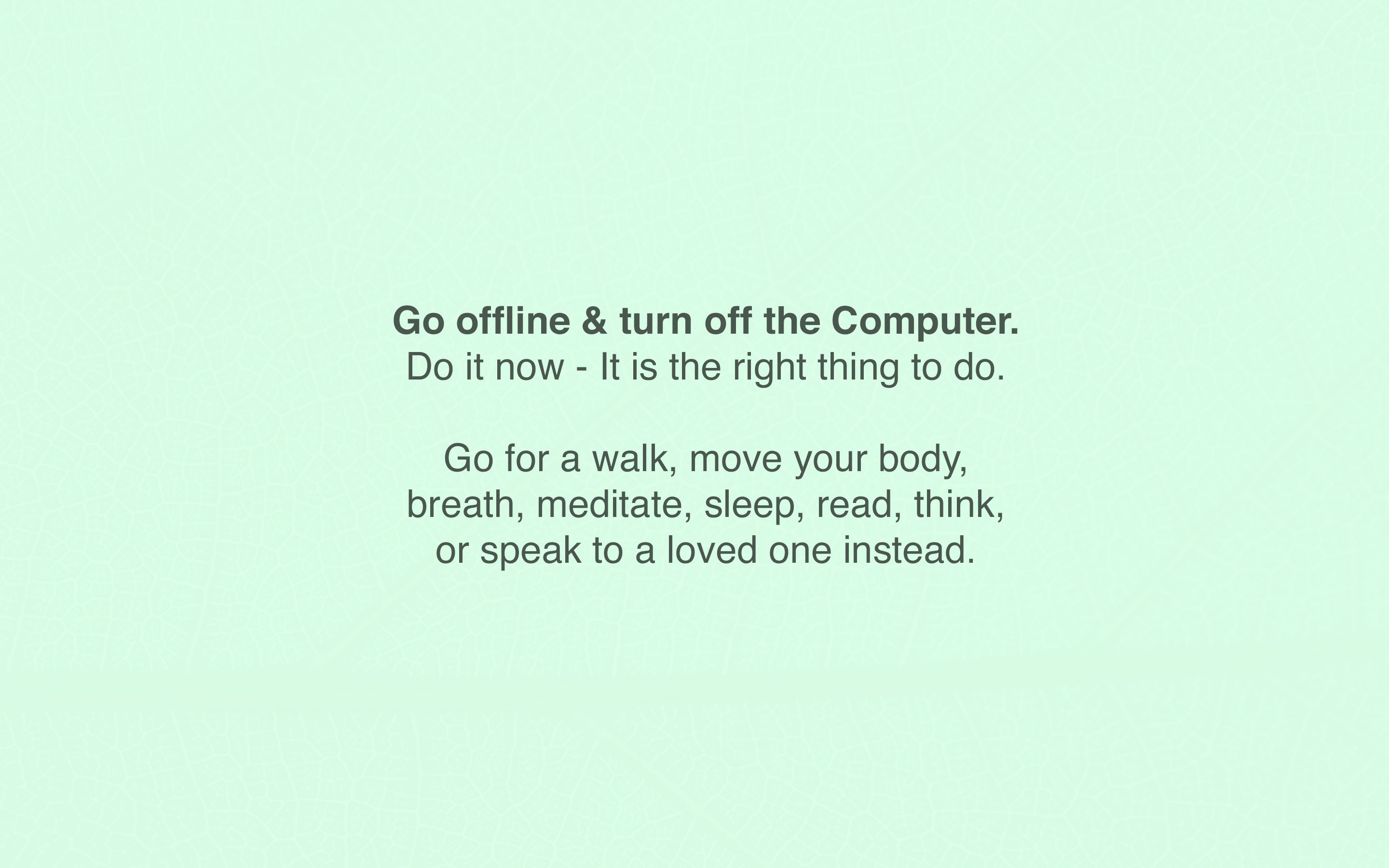
Untold History of AI: The DARPA Dreamer Who Aimed for Cyborg Intelligence - J.C.R. Licklider’s proposals for “man-machine symbiosis” led to the invention of the Internet
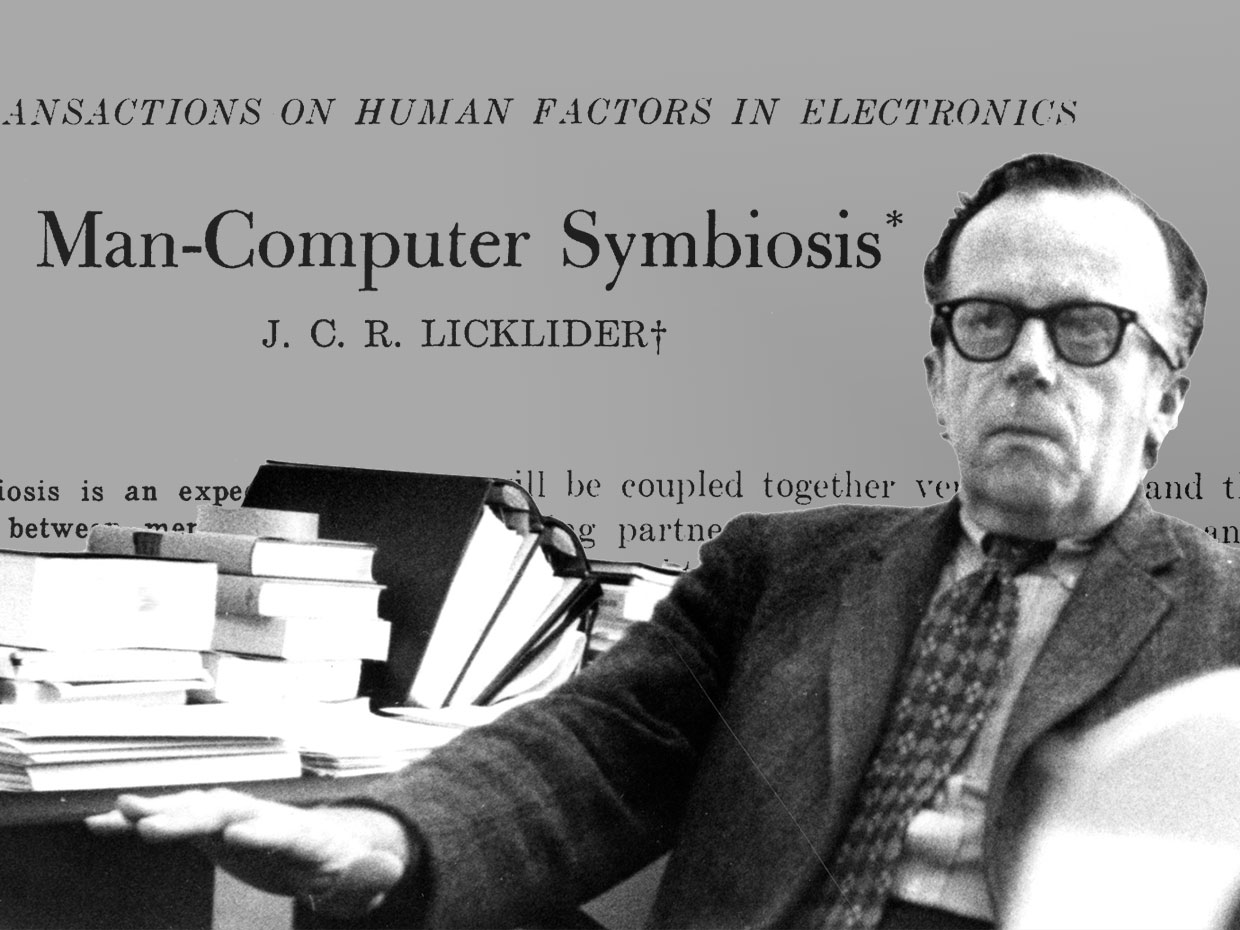
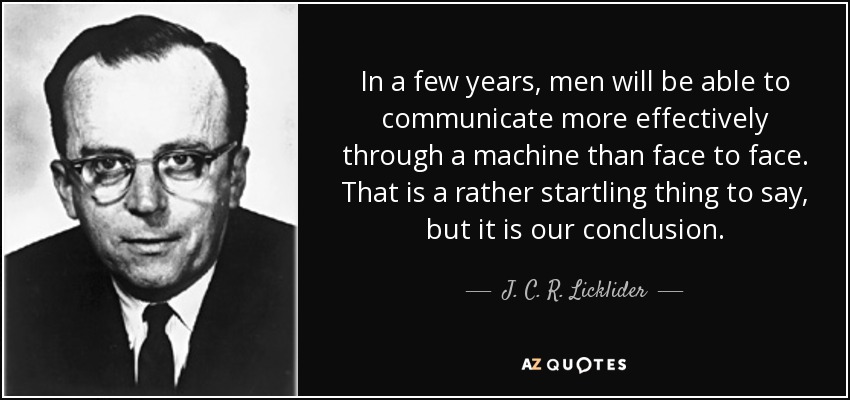

"A monopoly on the means of communication may define a ruling elite more precisely than the celebrated Marxian formula of monopoly in the means of production." - Robert Anton Wilson
#Technology #Augmentation #Robot #ML #History #Politics #Economics #Philosophy
Global chip supply chain increasingly vulnerable to massive disruption, study finds (reuters)
About 75% of semiconductor manufacturing capacity, as well as many suppliers of key materials—such as silicon wafers, photoresist, and other specialty chemicals—are concentrated in China/East Asia, a region significantly exposed to high seismic activity and geopolitical tensions. All of the world’s most advanced semiconductor manufacturing capacity—in nodes below 10 nanometers—is currently located in South Korea (8%) and Taiwan (92%).
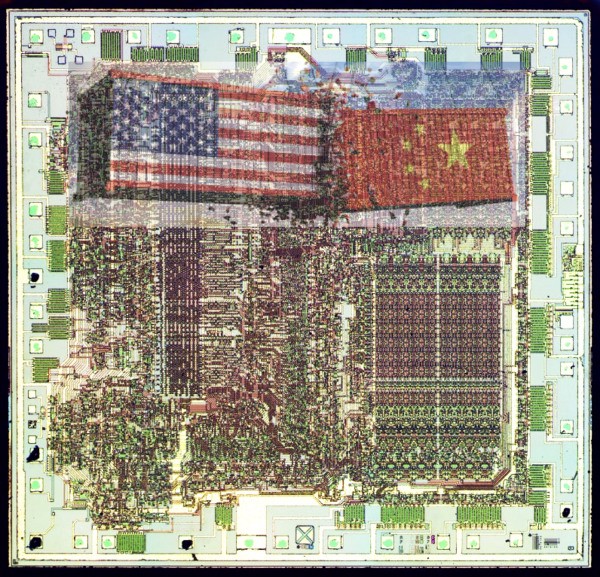
These are single points of failure that could be disrupted by natural disasters, infrastructure shutdowns, or international conflicts, and may cause severe interruptions in the supply of chips. If Taiwan were unable to make chips for a year, it would cost the global electronics industry almost half a trillion dollars in revenue, the report found: “The global electronics supply chain would come to a halt.”
Related: The Chip Wars of the 21st Century - by Steve Blank
Hybrid Warfare News

From "Why I am Not Going to Buy a Computer" - by Wendell Berry
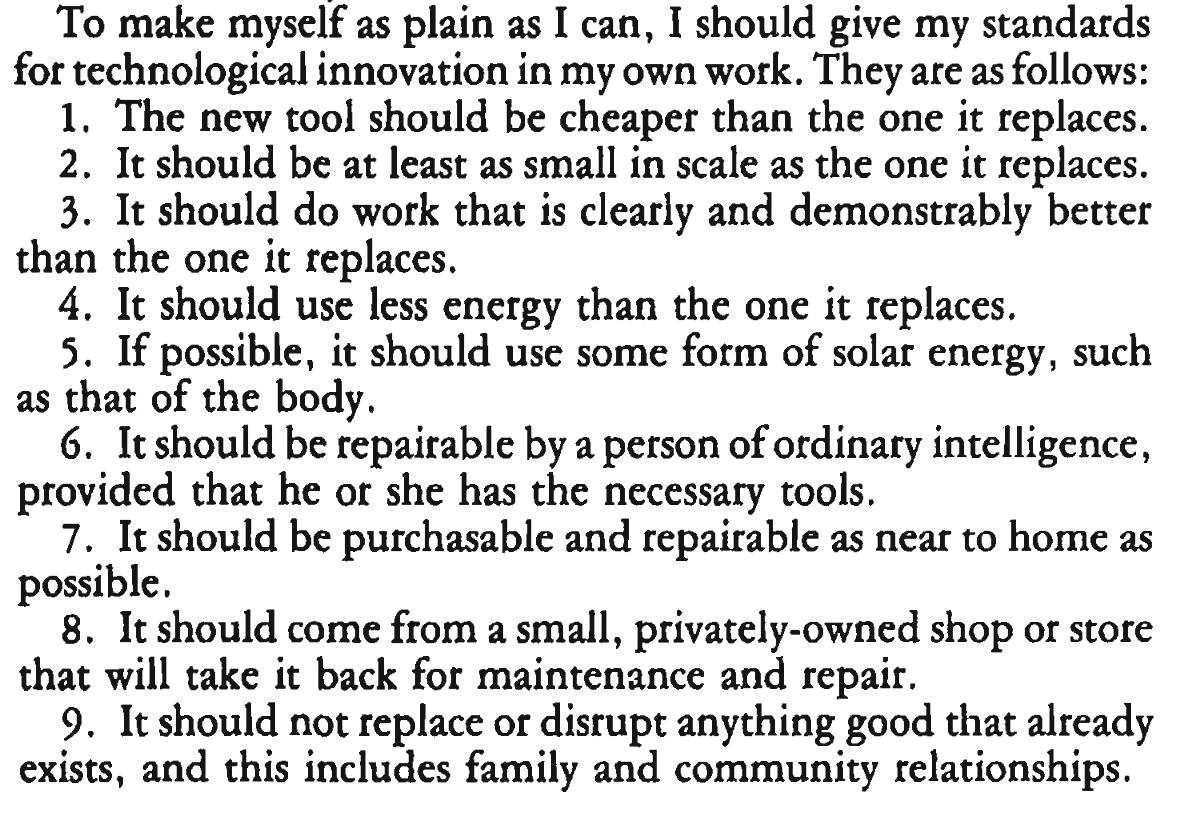
$100 Million Solar Geoengineering Research Program Proposed (theguardian)
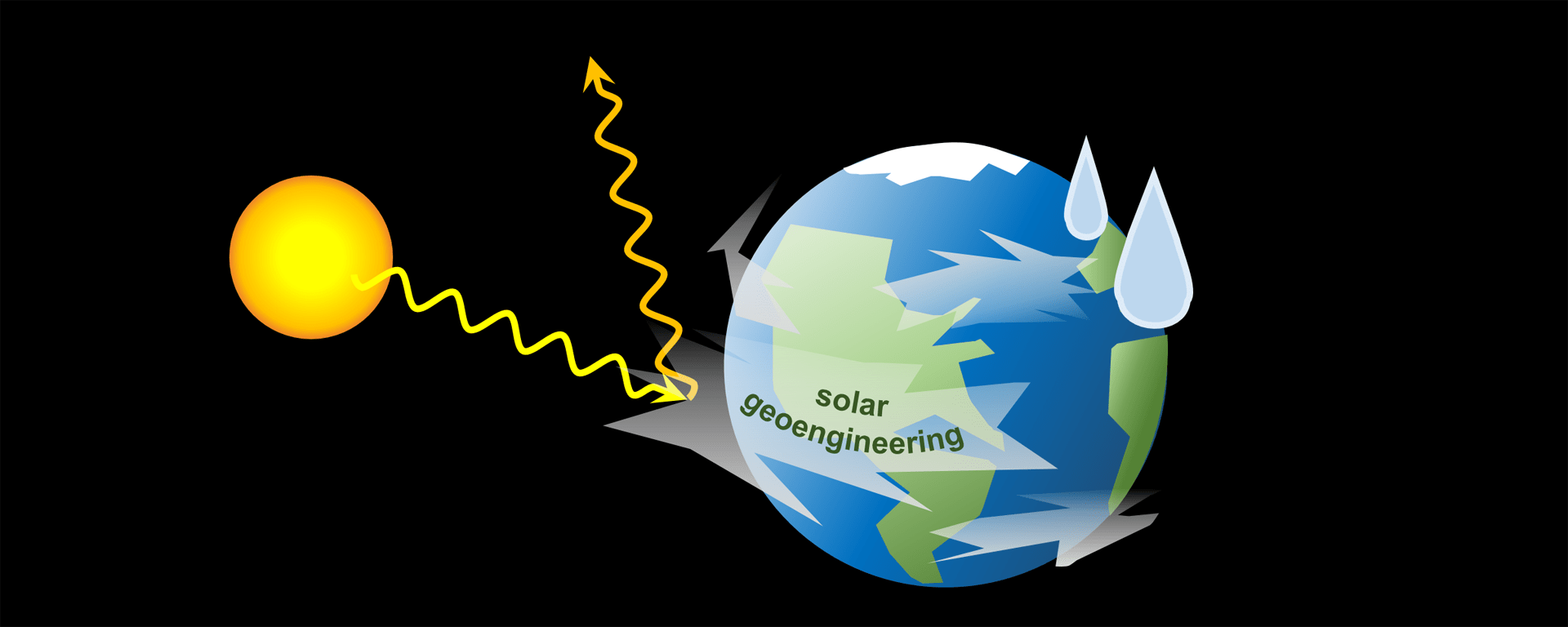
In a report it recommends funding of $100 million to $200 million over five years to better understand the feasibility of interventions to dim the sun, the risk of harmful unintended consequences and how such technology could be governed in an ethical way.
Nancy - by Olivia Jaimes - for May 4, 2018 (United Feature Syndicate)

Reflections on Trusting Trust - Paper by Ken Thompson (1984)
"To what extent should one trust a statement that a program is free of Trojan horses? Perhaps it is more important to trust the people who wrote the software."
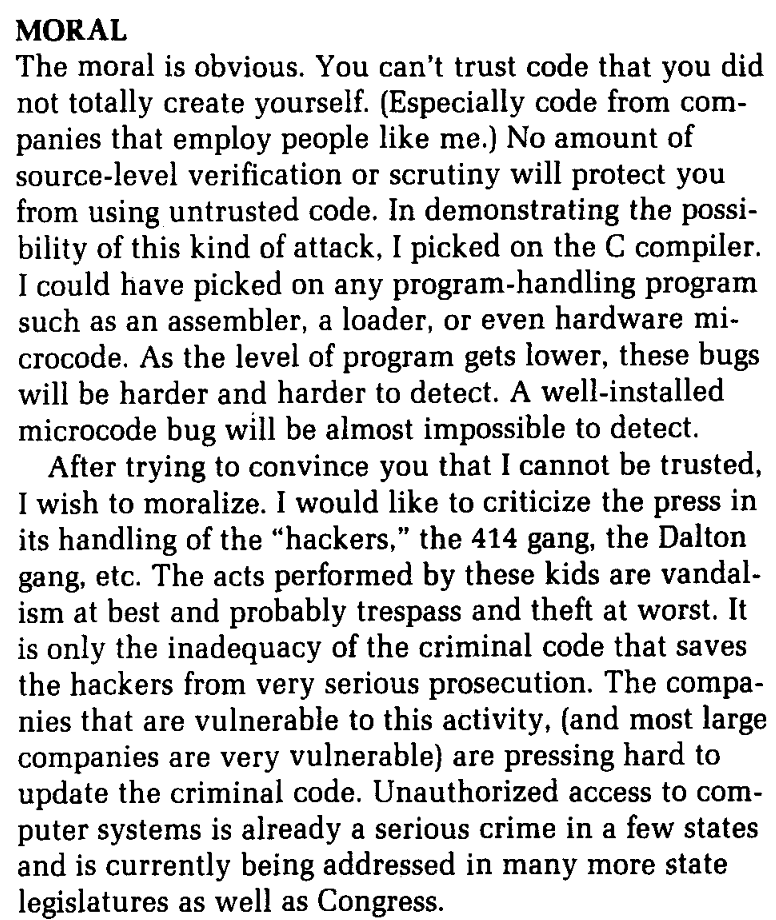

"An example of compartmentalization was the Manhattan Project. Personnel at Oak Ridge constructed and operated centrifuges to isolate uranium-235 from naturally occurring uranium, but most did not know exactly what they were doing. Those that knew did not know why they were doing it. Parts of the weapon were separately designed by teams who did not know how the parts interacted." Read more..
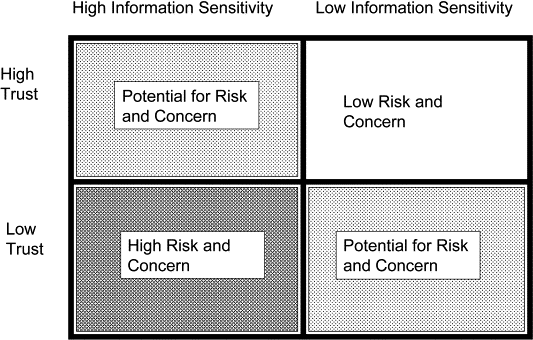
"Information sensitivity is the control of access to information or knowledge that might result in loss of an advantage or level of security if disclosed to others. Loss, misuse, modification, or unauthorized access to sensitive information can adversely affect the privacy or welfare of an individual, trade secrets of a business or even the security and international relations of a nation depending on the level of sensitivity and nature of the information."
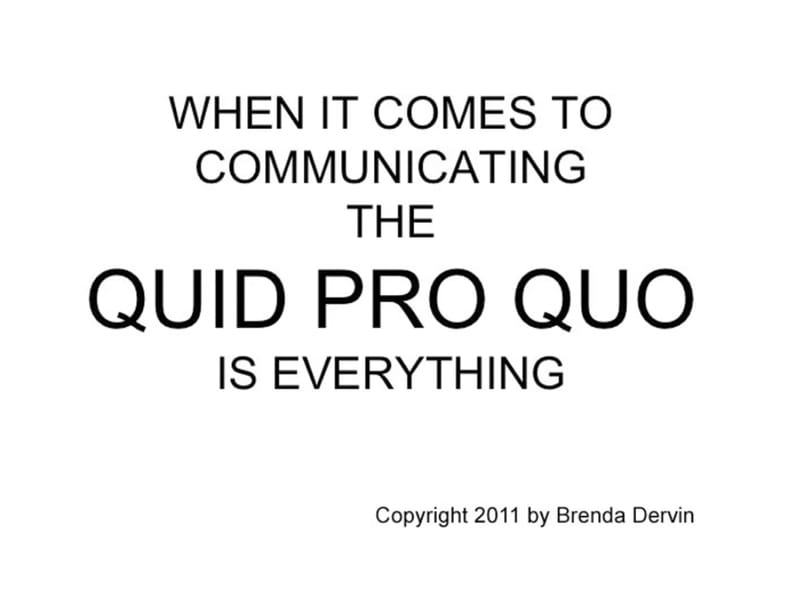
1. National Security is the chief cause of national insecurity.
2. Accurate communication is possible only in a non-punishing situation.
3. An honest politician is a national calamity.
If tech giants perfected one thing, it is the fine art of hypocrisy
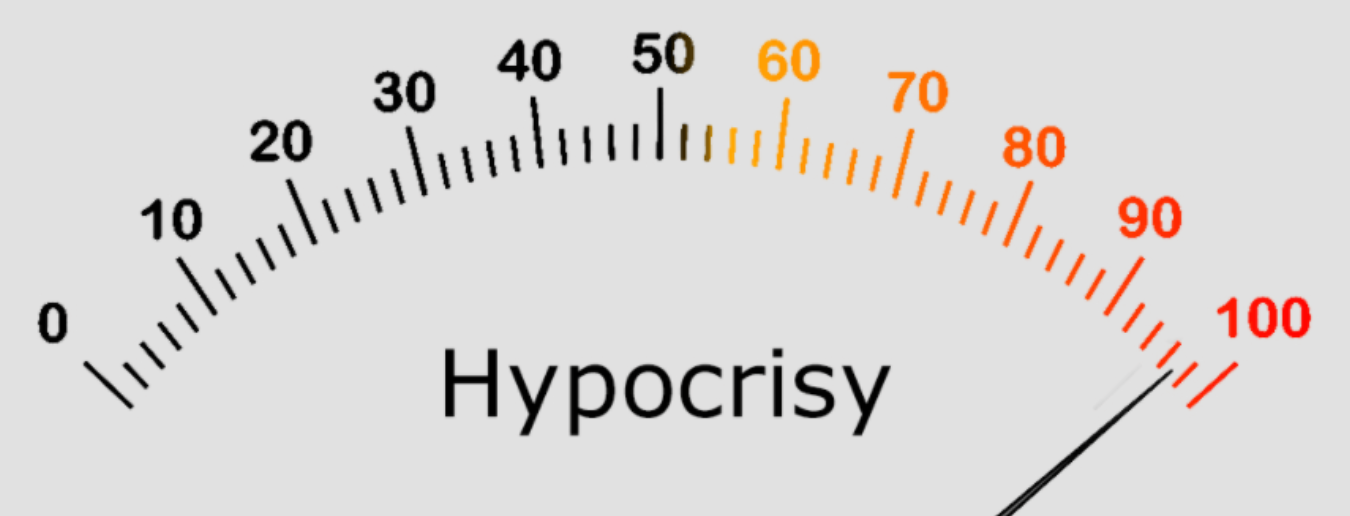
Would you please put that thing away and pay attention to me for a while?

We bring you a connection to the modern world - and antidepressants...
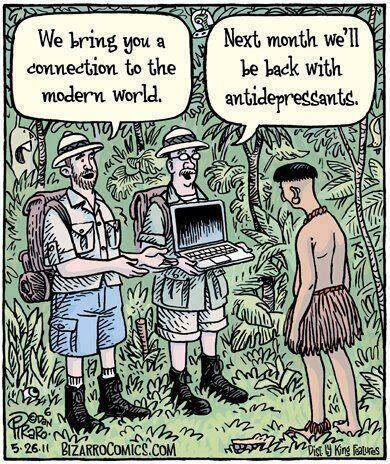
"When people can't control their own emotions, they have to control someone else's behavior" - John Cleese
Reflections on technology for meditation
The following is a responds to an interview about using "brain computer interfaces" and "virtual reality" to "enhance" the meditation experience. Even though i am a long term dedicated practitioner of the internal arts, this is just a momentary opinion and food for thought, from a beginners mind.

For me, one of the most beautiful and empowering aspects of meditation (and related internal arts, like qigong, yoga, etc.) is that one can perform it anywhere, anytime - completely with out the need for any complicated technology. There are almost no external dependency - it's just you, a cushion and some time. And many traditions (soto zen, etc.) emphasis that there is no "place to reach" or "thing to improve" (like some weird "mindful video-game high-score") - it is simply about sitting regularly in the here and now. I would argue it is precisely this simplicity, from which much of the power of the meditative experience emanates. While some scientists, technologists and designers make the case that "the ticket to entry is very high, hence we need more tech", i believe learning mediation and establishing it as daily habit, are very achievable goals - as illustrated by the quickly growing amounts of meditators.
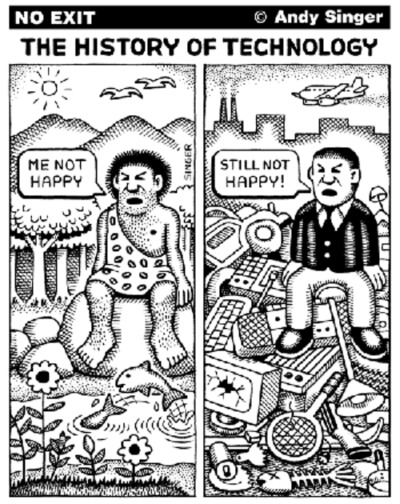
One of the benefit of the traditional low-tech or no-tech approach to mediation/mindfulness, is that it deliberately makes/leaves space for direct human-to-human experiences (teaching and similar social activities.) and nature-to-human experiences. By introducing technology as definitive centre piece of a meditative praxis, we run the very real risk of deteriorating these essential human experiences. For all its blessings, the negative sides of technology should not be ignored - especially when talking about "tech for well-being" (for a nuanced view on tech, see this).
Don't get me wrong, i think technology can certainly help and has an important role to play making mindfulness a universally accessible mainstream culture - i am just earnestly questioning where the line is between "this tool is truly useful and essential for my well-being - not addictive, distracting, etc." - and "I actually just want to play with cool tech-toys, but not so much just sit and do the wonderful but often very challenging inner work".

Today many seem to strongly believe this: God is Dead, Long Live Technology! And the more authoritarian and incomprehensible the technology is, the better. The same old story from the great monotheistic traditions, recycled.
Noveto develops biometric device to beam personal audio with no headphones
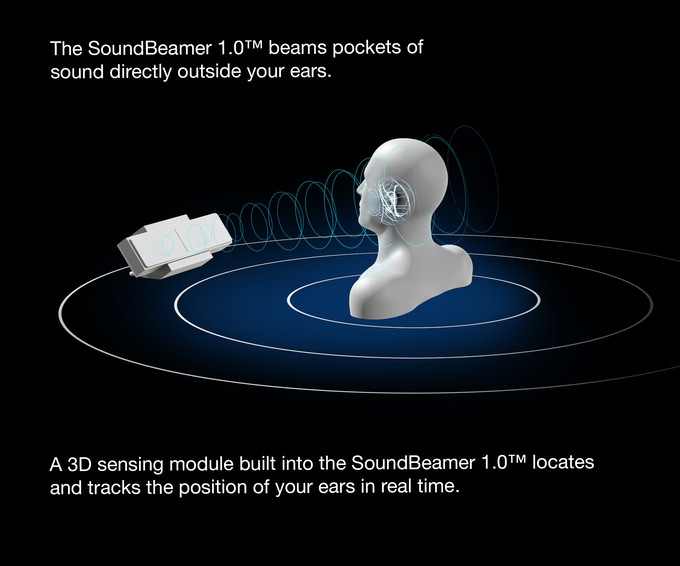
Noveto, an Israeli sound technology startup, is introducing the SoundBeamer 1.0, a compact desktop personal audio device embedded with multimodal biometrics and capable of beaming sound directly to a person’s ears without the use of headphones. A post to the Kickstarter crowdfunding platform says that SoundBeamer 1.0 creates a personal listening experience without disturbing others. A built-in 3D sensing module which helps locate and track the users’ ears in real-time enables the SoundBeamer to beam pockets of sound that only the intended listener can hear. Listeners are identified with face biometrics, and the device also includes voice and gesture recognition.
